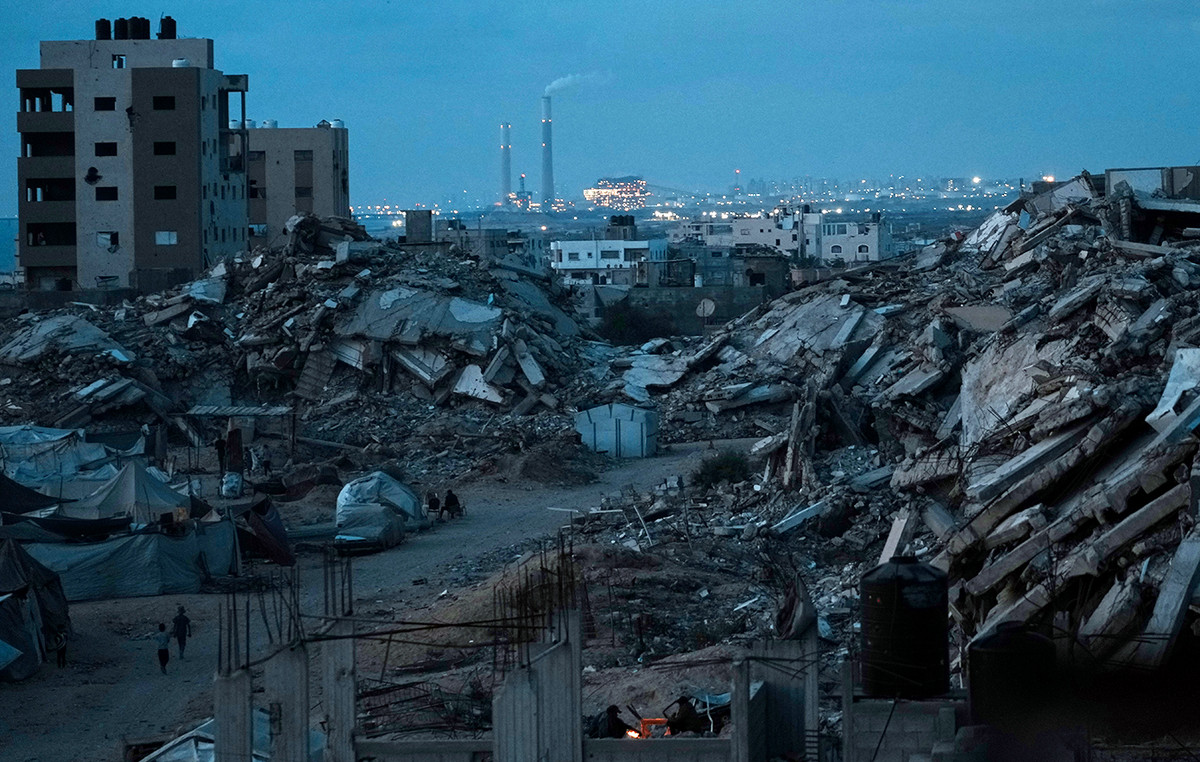- The WTI price is quoted on negative terrain in the early Asian session on Wednesday.
- The operators will closely observe Iran’s nuclear program and the possible interruptions in the supply.
- The surprising accumulation of crude oil inventories ended a five -week streak of decreases.
The West Texas Intermediate (WTI), the referent of American crude oil, quotes around $ 64.85 during the first hours of Asian negotiation on Wednesday. The WTI price moves down while investors evaluate developments around geopolitical risks in the Middle East. Meanwhile, the operators are caught with the OPEC+ meeting to decide the group’s production policy for August.
American officials said Iran was prepared to undermine the Ormuz Strait last month after Israeli attacks, but the mines were never deployed, according to Reuters. Petroleum operators will be attentive to whether uranium inventories close to Iran bomb have been exhausted and if their movements to cut communication with key officials of the UN control body would cause another round of US attacks.
The president of the United States, Donald Trump, declared that the US “will be there” unless they will give up his nuclear program. Any climbing sign could generate fears of interruption of the oil supply and could support the price of the WTI.
On the other hand, a surprising accumulation of inventories of crude oil last week weighs on the price of WTI. The weekly report of the American Petroleum Institute (API) showed that crude oil inventories in the US for the week that ended on June 27 unexpectedly increased by 680,000 barrels, compared to a fall of 4,277 million barrels in the previous week. The market consensus estimated that inventories would decrease to 2.26 million barrels. So far this year, crude oil inventories have increased by 4.0 million barrels, according to Oilprice calculations based on API data.
Petroleum operators will be attentive to the US employment change report for June, together with the crude oil inventory report from the Energy Information Administration (EIA), which will be published later on Wednesday.
WTI FAQS oil
WTI oil is a type of crude oil that is sold in international markets. WTI are the acronym of West Texas Intermediate, one of the three main types that include the Brent and Dubai’s crude. The WTI is also known as “light” and “sweet” by its relatively low gravity and sulfur content, respectively. It is considered high quality oil that is easily refined. It is obtained in the United States and is distributed through the Cushing Center, considered “the crossing of the world.” It is a reference for the oil market and the price of WTI is frequently traded in the media.
Like all assets, supply and demand are the main factors that determine the price of WTI oil. As such, global growth can be a driver of the increase in demand and vice versa in the case of weak global growth. Political instability, wars and sanctions can alter the offer and have an impact on prices. OPEC decisions, a group of large oil -producing countries, is another key price factor. The value of the US dollar influences the price of WTI crude oil, since oil is mainly traded in US dollars, so a weaker dollar can make oil more affordable and vice versa.
Weekly reports on oil inventories published by the American Petroleum Institute (API) and the Energy Information Agency (EIA) influence the price of WTI oil. Changes in inventories reflect the fluctuation of supply and demand. If the data show a decrease in inventories, it can indicate an increase in demand, which would raise the price of oil. An increase in inventories may reflect an increase in supply, which makes prices lower. The API report is published every Tuesday and that of the EIA the next day. Their results are usually similar, with a 1% difference between them 75% of the time. EIA data is considered more reliable, since it is a government agency.
The OPEC (Organization of Petroleum Exporting Countries) is a group of 13 nations oil producing that collectively decide the production quotas of member countries in biannual meetings. Their decisions usually influence WTI oil prices. When OPEC decides to reduce fees, it can restrict the supply and raise oil prices. When OPEC increases production, the opposite effect occurs. The OPEC+ is an expanded group that includes another ten non -members of the OPEC, among which Russia stands out.
Source: Fx Street
I am Joshua Winder, a senior-level journalist and editor at World Stock Market. I specialize in covering news related to the stock market and economic trends. With more than 8 years of experience in this field, I have become an expert in financial reporting.







